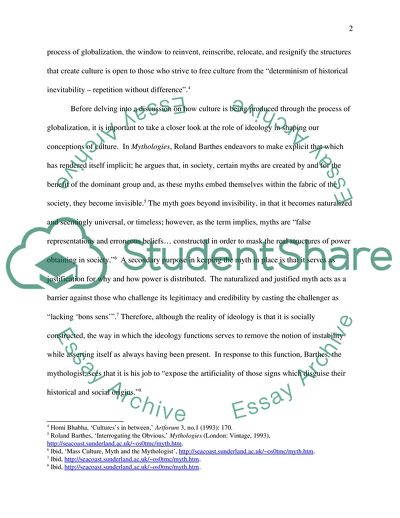Cite this document
(Conceptions of Culture Case Study Example | Topics and Well Written Essays - 2500 words, n.d.)
Conceptions of Culture Case Study Example | Topics and Well Written Essays - 2500 words. Retrieved from https://studentshare.org/culture/1747301-cultural-studies
Conceptions of Culture Case Study Example | Topics and Well Written Essays - 2500 words. Retrieved from https://studentshare.org/culture/1747301-cultural-studies
(Conceptions of Culture Case Study Example | Topics and Well Written Essays - 2500 Words)
Conceptions of Culture Case Study Example | Topics and Well Written Essays - 2500 Words. https://studentshare.org/culture/1747301-cultural-studies.
Conceptions of Culture Case Study Example | Topics and Well Written Essays - 2500 Words. https://studentshare.org/culture/1747301-cultural-studies.
“Conceptions of Culture Case Study Example | Topics and Well Written Essays - 2500 Words”. https://studentshare.org/culture/1747301-cultural-studies.


